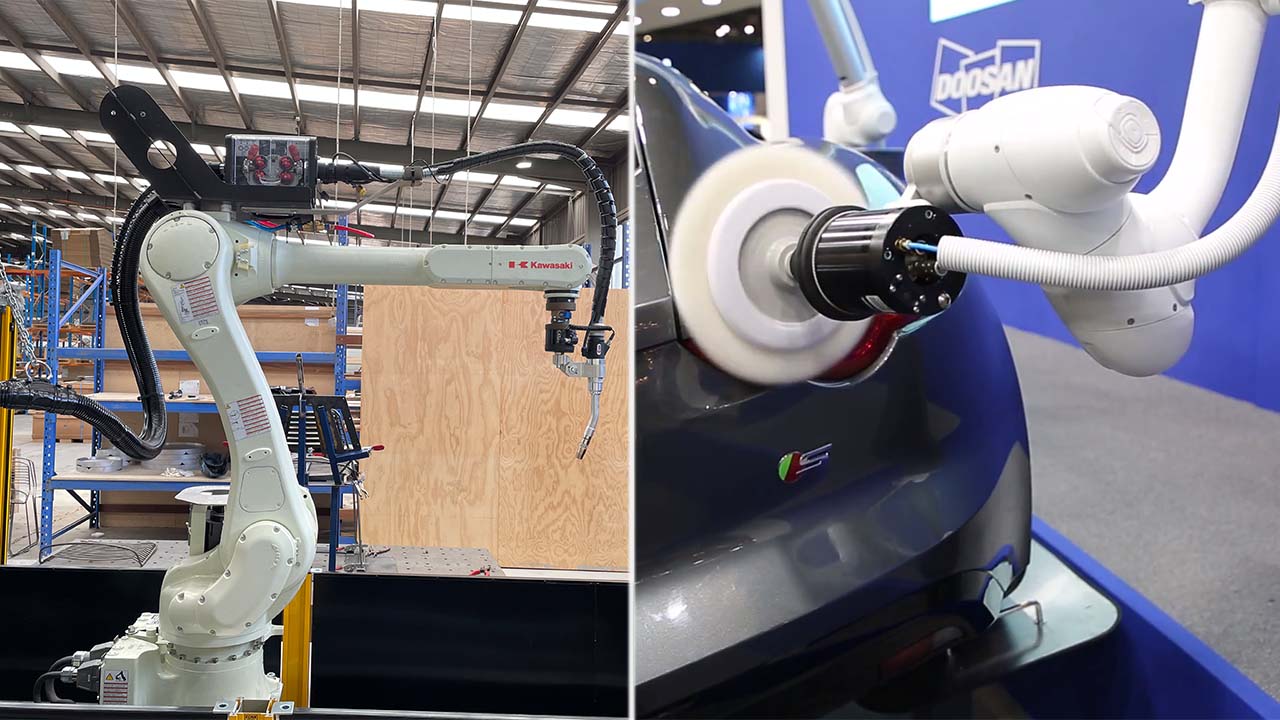
There are a number of differences between cobots and industrial robots. The key elements are: speed, payload, safety, space required, time-to-deploy, and also flexibility in deployment.
Speed and Payload
In the first instance, we have to recognise that industrial robots have the advantage of being able to operate at faster speeds, and at higher payloads than cobots. So, for large-scale manufacturing, heavy-duty manufacturing, they are ideal. However, when you have to coming to look at small to medium size businesses, a lot of them are not at the scale (of their operation) that can justify the cost, the real estate, and the infrastructure that is required for the industrial robot.
That is where the collaborative robot comes into its own – it’s actually aimed at the smaller processes and flowthroughs; the less speed and lower payloads of these smaller operators. So, for e.g., we have collaborative robots that can operate with up to 20kg payloads and perform box-packing at a rate of 8-10 per minute, or palletising at 6-7 boxes per minute. Clearly an industrial robot can go much faster, but there is a lot more infrastructure that is required within a factory and a lot more real estate that is required within a factory to install those industrial robots.
Flexibility, real-estate, and speed of deployment
The other element is flexibility: the cobot runs at 240v power – a simple GPO plug-in – and maybe some compressed air for particular grippers, but it can also be easily moved around the factory, especially if you are a contract manufacturer.
In the morning you might wish to be doing a picking-and-packing application and in the afternoon, you might want to perform palletising; with a cobot you can very easily move it from one process to another as the requirements change within a factory. Compared to an industrial robot, once it is fixed in place as it is required to be, you are not going to be moving it within the next 5-years, probably. So that is another advantage for the smaller manufacturers – the flexibility – and that is where the biggest differences are: the real estate, flexibility, and speed of deployment.
Safety and Collaboration
Safety, of course, is a big component, too. The reason that industrial robots are able to move faster and have higher payloads, are because the whole area is fenced off to keep the humans away from it. That is the main difference – an industrial robot is a separate environment of operation, whereas a cobot (as it name entails) is collaborating with the humans. There is no separation, nor does there need to be necessarily, between the humans and this piece of machinery. That is the key difference.

